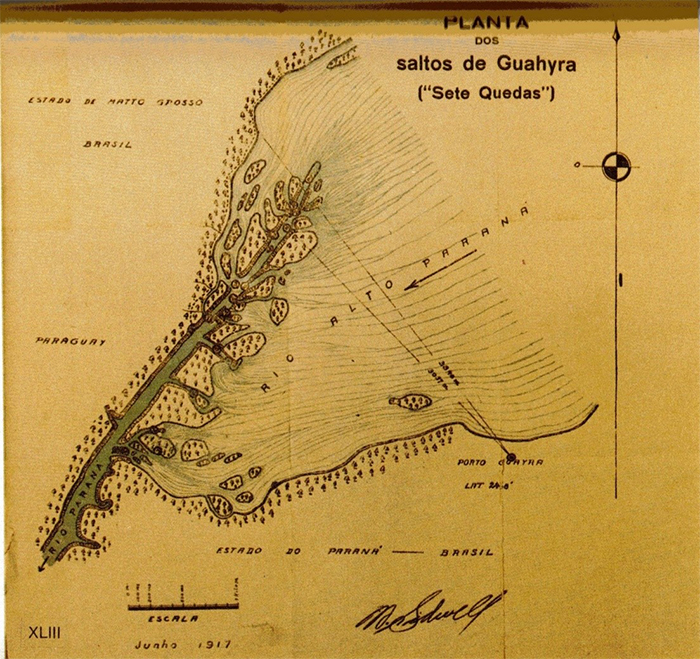ABSTRACT
The Mate Laranjeira Railway, with a 60 cm gauge and a maximum length of 68 km, was privately built in the west of the Brazilian State of Paraná, in the second decade of the 20th century, by the large company that explored, at that time, the native forests of Paraguayan tea (Ilex paraguayensis) located in the extreme south of the neighboring State of Mato Grosso. The route was designed to bypass the Seven Falls, which interrupted the Paraná River navigation nearby the 24th parallel South, and thus facilitate the transport of the tea towards its main consumer market: Argentina. By connecting two navigable stretches of the Paraná River, the railroad could facilitate the occupation and exploration of the entire region, which until then was considered remote and wild, and therefore attracted the attention of the administrators from the State of Paraná and the Brazilian national state. In this article I seek to analyze this railroad as a member of the industrial railways category, addressing its construction history, its technical operating conditions and also the dispute over its opening to public traffic. The sources include legislation, periodicals, government reports, statistical data and documents from the company itself, as well as reports from travellers and other non-academic works. The main conclusion is that, although useful for private purposes, the railway, due to its intrinsic limitations, was not able to play a public role of great relevance.
Keywords:
Industrial railway; Decauville; Paraguayan tea; Paraná River; Tourism

 Thumbnail
Thumbnail
 Thumbnail
Thumbnail

 (Fonte:
(Fonte: